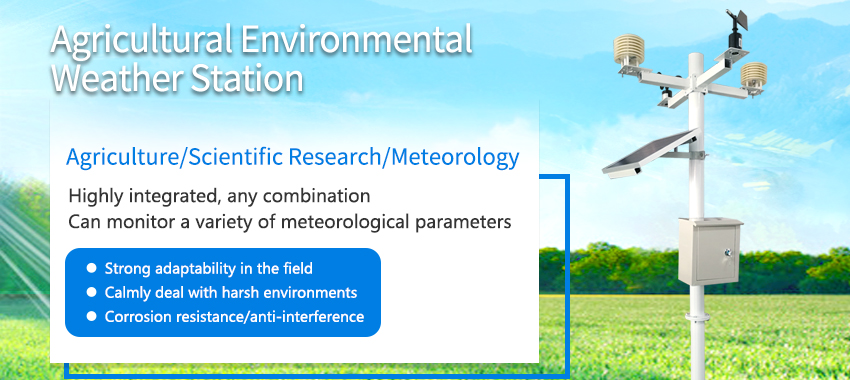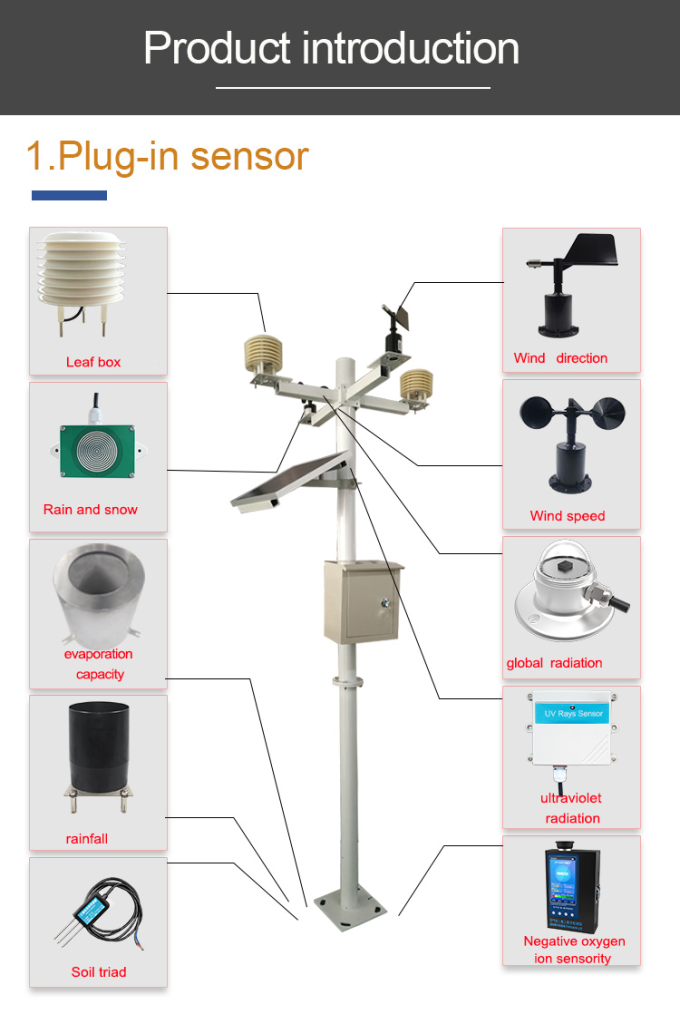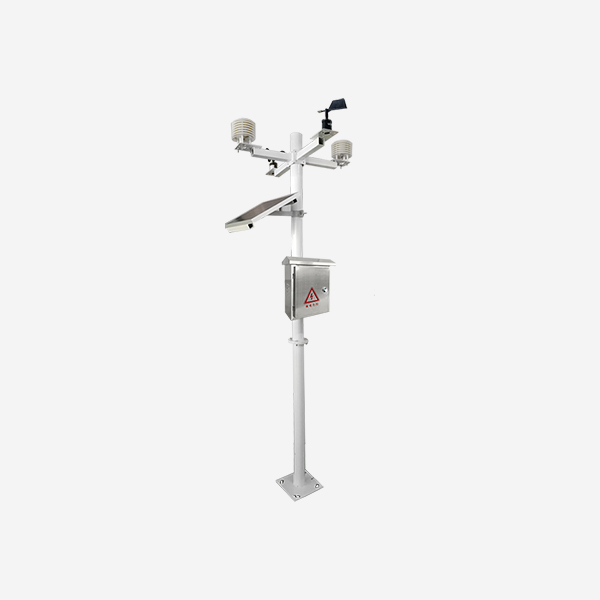Understanding the Importance of Weather Monitoring
Meteorological station provide valuable data on temperature, humidity, wind speed and direction, precipitation,enabling comprehensive weather analysis. Weather monitoring plays a vital role in numerous aspects of daily life and critical decision-making processes. Accurate weather data helps farmers plan irrigation schedules, enables airlines to optimize flight routes, and assists emergency response teams in preparing for severe weather events. Met stations provide valuable data on temperature, humidity, wind speed and direction, precipitation,enabling comprehensive weather analysis.

Introduction to Advanced Meteorological Station
Advanced meteorological stations incorporate sophisticated sensors, data loggers, and communication systems for continuous weather monitoring. These stations are equipped with various high-precision sensors that measure multiple weather parameters simultaneously. Additionally, they utilize advanced technologies such as remote sensing, satellite data integration, and data transmission networks to enhance the accuracy and coverage of weather data collection.
Advantages of Advanced Meteorological Stations
Advanced meteorological stations offer several advantages over traditional weather monitoring methods. Firstly, they provide real-time or near-real-time weather data, enabling prompt responses to changing weather conditions. This is particularly crucial for sectors such as aviation, where up-to-date weather information is essential for flight safety. Secondly, met stations offer high accuracy, ensuring reliable data for weather forecasting, climate studies, and long-term trend analysis. Their multi-parameter sensing capabilities provide a comprehensive understanding of weather patterns, leading to informed decision-making.

Application in Agriculture and Environmental Management

Advanced meteorological stations find wide application in agriculture and environmental management. In agriculture, met stations support precision farming by providing data on temperature, humidity, and precipitation, helping farmers optimize irrigation and crop protection strategies. They also aid in assessing growing degree days, frost risks, and evapotranspiration rates. In environmental management, met stations assist in monitoring climate change indicators, managing water resources, and assessing the impacts of weather events on ecosystems.
Integration with Weather Forecasting Models
Advanced meteorological stations integrate seamlessly with weather forecasting models, enhancing their accuracy and reliability. The real-time data collected by met stations is assimilated into numerical weather prediction models, which simulate atmospheric conditions and predict future weather patterns. This integration allows forecasters to refine forecasts, improving their ability to predict severe weather events and issue timely warnings to the public.
Future Developments and Challenges
Continual advancements in sensor technology, data analytics, and communication systems are driving the evolution of advanced meteorological stations. Future developments may include the integration of additional sensors for monitoring greenhouse gases and air quality parameters. Challenges to address include maintaining data integrity, enhancing network coverage in remote areas, and ensuring compatibility and data sharing between different meteorological networks.
Meteorological stations have revolutionized weather monitoring, providing accurate and timely data for a range of applications. Their multi-parameter sensing capabilities, real-time data collection, and integration with weather forecasting models enhance the accuracy of weather predictions, supporting critical decision-making processes. As technology continues to advance, met stations will play an increasingly vital role in climate studies, disaster management, and sustainable development, contributing to the well-being and resilience of communities worldwide.
